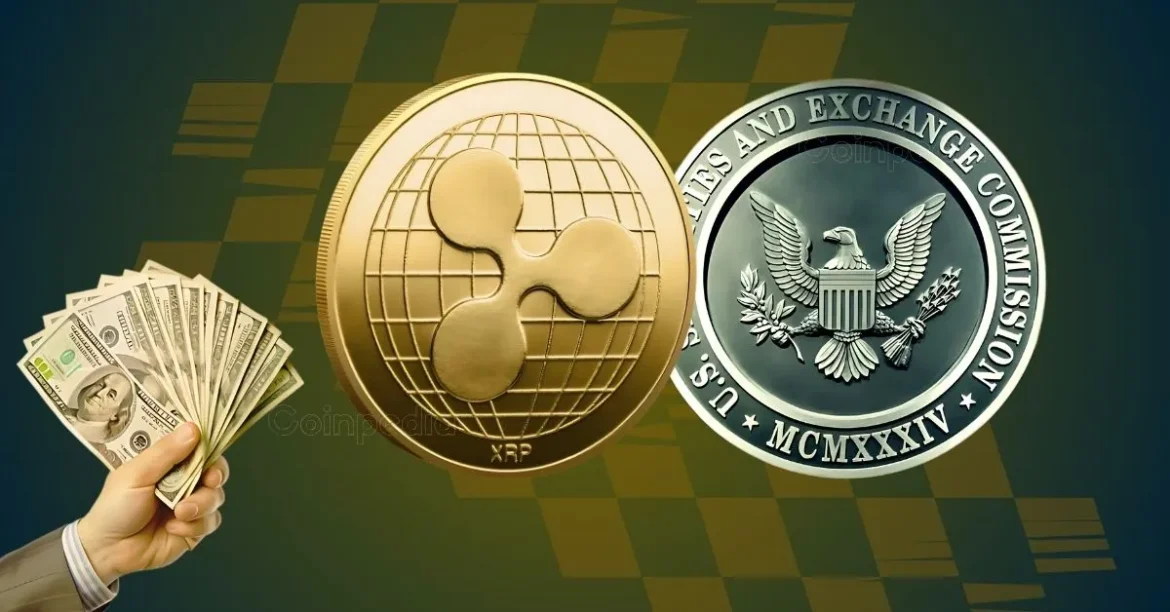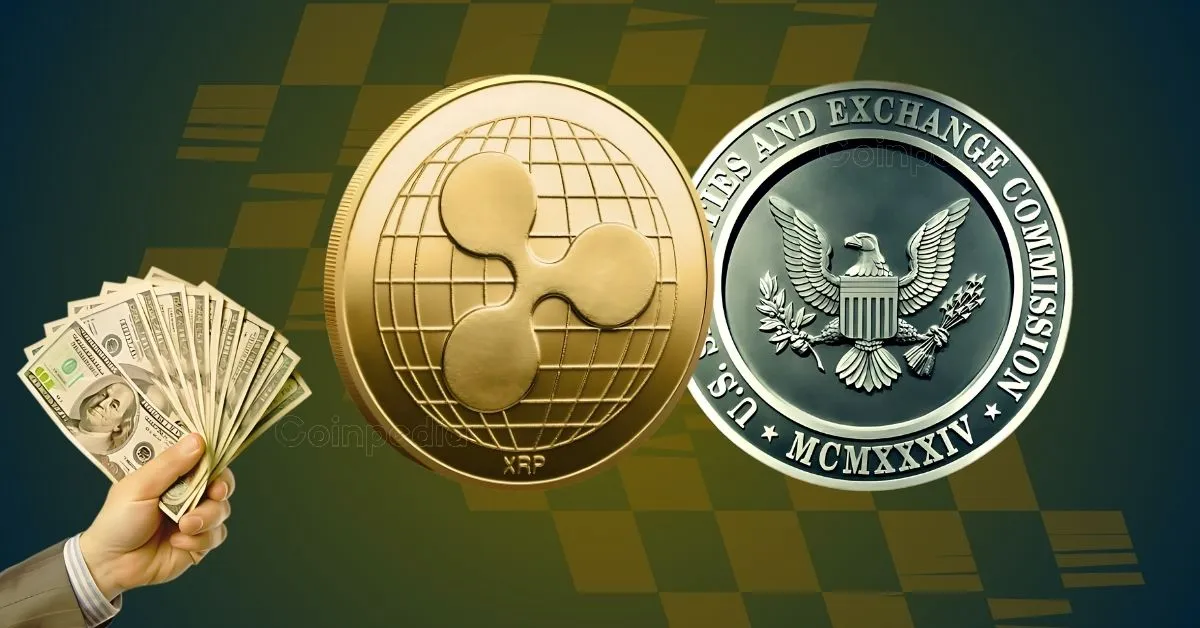Unraveling the Ripple Saga: Lawsuits, Leadership, and the Trump Connection
Ripple and its native token XRP have been at the center of intense discussion in the crypto community and beyond, propelled by legal battles, corporate strategies, and a dash of political drama. This report delves into the complex web of recent Ripple developments, focusing on the SEC lawsuit, the CEO’s controversial meeting with former President Donald Trump, and the implications for XRP and the broader cryptocurrency market.
The Legal Battlefield: Ripple vs. SEC and the June 16 Deadline
Since 2020, Ripple Labs has been embroiled in a landmark lawsuit initiated by the U.S. Securities and Exchange Commission (SEC). The core issue is whether XRP should be classified as an unregistered security, which would subject it to stringent regulations.
A pivotal moment came last summer when a federal judge ruled that XRP is not a security, suggesting a win for Ripple. Nevertheless, the saga is far from over. According to XRP attorney Bill Morgan, June 16 represents a critical deadline in this ongoing litigation. The SEC must submit a status report to the Appeals Court by then, marking a possible turning point.
Adding complexity, discussions have emerged around a proposed legislative shift dubbed the “Ripple Test.” This new framework aims to replace the decades-old Howey Test historically used to determine what constitutes a security. If enacted, this bill would provide clearer regulatory guidelines for the crypto market, potentially benefiting Ripple and similar entities by reducing ambiguity.
Garlinghouse and the Trump Connection: Catalyst or Controversy?
Ripple’s CEO Brad Garlinghouse has found himself under scrutiny due to rumors and confirmations of a meeting with former President Donald Trump at Mar-a-Lago. This dinner, attended by Garlinghouse and Ripple’s Chief Legal Officer Stuart Alderoty, was publicly confirmed via social media.
The timing of the meeting and the subsequent surge in XRP price have fueled speculation. Market observers note that XRP experienced a double-digit price rally concurrent with the rumors and confirmation of this high-profile political interaction. The meeting is viewed by some as a strategic move to bridge the widening gap between cryptocurrency firms and political influence, potentially setting the stage for favorable regulatory developments.
However, the response has been mixed. While supporters regard it as a bold step toward mainstream acceptance and regulatory clarity, critics perceive it as a risky alignment that could polarize the crypto ecosystem. Some commentators caution that political entanglements might overshadow Ripple’s legal arguments, leading to distractions or backlash.
Broader Market Impact: Ripple’s Role in Crypto Regulation and Public Perception
The Ripple lawsuit and CEO’s political overtures occur amid growing regulatory scrutiny of other cryptocurrencies like Solana, Cardano, and Polygon, which have faced delisting by platforms such as Robinhood following SEC actions deeming them unregistered securities. Ripple’s case is emblematic of these tensions and could set precedent affecting numerous crypto assets.
The potential enactment of the “Ripple Test” bill could revolutionize how crypto assets are regulated nationwide. Its success depends on congressional approval and presidential signing, which, if realized, would establish uniform rules clearing regulatory uncertainties. Such clarity could catalyze growth and innovation in the crypto space, while also protecting investors through transparent standards.
The outcome of these converging events—legal rulings, political advocacy, and legislative proposals—will resonate beyond Ripple to shape market confidence and regulatory landscapes globally.
Looking Ahead: What June 16 and Beyond May Bring
The days leading to June 16 are laden with anticipation. The SEC’s mandated status report to the Appeals Court could either herald a resolution or prolong the legal battles. Ripple’s leadership appears proactive, leveraging political channels and pushing for a regulatory framework that underscores their long-term vision.
Should the Ripple Test become law, coupled with a favorable court development, XRP might find itself uniquely positioned to thrive under new regulations. Conversely, misunderstanding or backlash from the political stage could inject volatility or uncertainty.
The intertwined nature of regulatory, legal, and political factors makes this moment a defining chapter for Ripple, XRP holders, and crypto stakeholders keenly watching the evolving intersection of innovation and governance.
—
Conclusion: Ripple at the Crossroads of Innovation, Law, and Politics
Ripple’s journey through a high-stakes lawsuit, the strategic engagement of its CEO with influential political figures, and the push for regulatory clarity through legislative change define a watershed moment for the company and cryptocurrency at large. The outcome of these unfolding developments, particularly the impending June 16 deadline and potential new laws, could not only reshape XRP’s destiny but also set new standards for how digital assets are treated in the U.S.
This confluence of legal rigor, market forces, and political maneuvering encapsulates the complexities and opportunities inherent in the crypto world today. Observers and participants alike will be watching closely as Ripple navigates this turbulent but potentially transformative phase.





